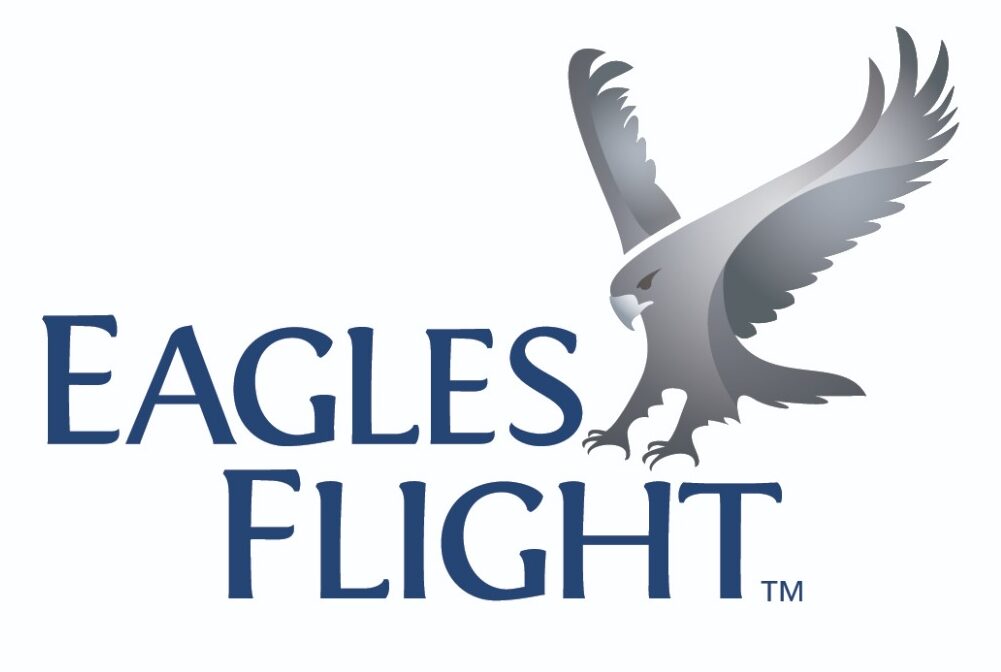- Leadership and Succession
- Marc Baluyan
- 31 August 2023
How to Effectively Develop Talent in Your Organization

Succeeding as a business in today’s disruption-heavy digital, economic, and global landscape is no longer simply about acquiring new talent. It’s equally about optimizing the talent you already have. Because it takes time to find new people with the right competencies amidst the post-pandemic skills shortage and who will fit your organizational culture well, it’s often more cost-effective to invest in your current workforce. It also empowers your people to take ownership of their work.
We give you 3 powerful tips on how to transform the talent that you have into the talent that your organization needs to succeed in the future of work.
- Identify Employees For New Roles and Opportunities
Your people are a major asset to your organization. However, identifying promising talent isn’t always straightforward. So how do we go about unearthing them? Look out for employees who show initiative or take on responsibilities beyond their roles. Foster open dialogues with team members to understand their career goals. Leverage assessment tools or platforms that provide data-based insights into employee competencies and potential.
By effectively identifying your high potentials, you set your company up for success by promoting from within while retaining valuable organizational knowledge.
- Align Career Development with Organizational Priorities
Career development is not a standalone process; it needs to align seamlessly with your broader business strategy if you hope to maximize results. Clearly articulate your organizational vision, mission, objectives, and priorities to all levels of staff. Encourage employees to align their professional growth paths with your organization’s strategic direction. Guide them as they take charge of their career development lest they become disengaged and unmotivated at work. Track progress in achieving alignment between individual career progression plans and overarching organizational goals.
Doing so allows for synergy between personal aspirations and business objectives, leading to increased productivity and profitability.
- Keep Training & Developing Current Employees
In LinkedIn’s 2023 Workplace Learning Report, Global Head of Learning & Talent Development Linda Jingfang Cai shares “Forward-thinking organizations need to embrace and unlock the potential of the whole employee.” Investment in continuous professional development is critical in this fast-paced digital age where skills become obsolete rapidly. Conduct regular training sessions focusing on both technical skills and soft skills like leadership, communication, and problem-solving. Create customized developmental plans based on individual strengths, weaknesses, and motivations. Promote collaborations for shared learning experiences among employees through networking opportunities.
Integrating experiential learning into your L&D strategies can unlock tremendous potential within your team—from emerging leaders eager to make an impact to seasoned executives looking for ways to stimulate organic innovation.
What Happens When You Invest in Your People?
Training and developing current employees will yield positive outcomes like higher job satisfaction, reduced turnover rates, and improved loyalty which ultimately leads to realized business goals. Reframing L&D initiatives as opportunities rather than obligations can significantly boost employee engagement levels. Remember, people are central to any successful enterprise. Invest wisely in cultivating them through experiential learning programs, tailored learner journeys, and transformative workshops.
